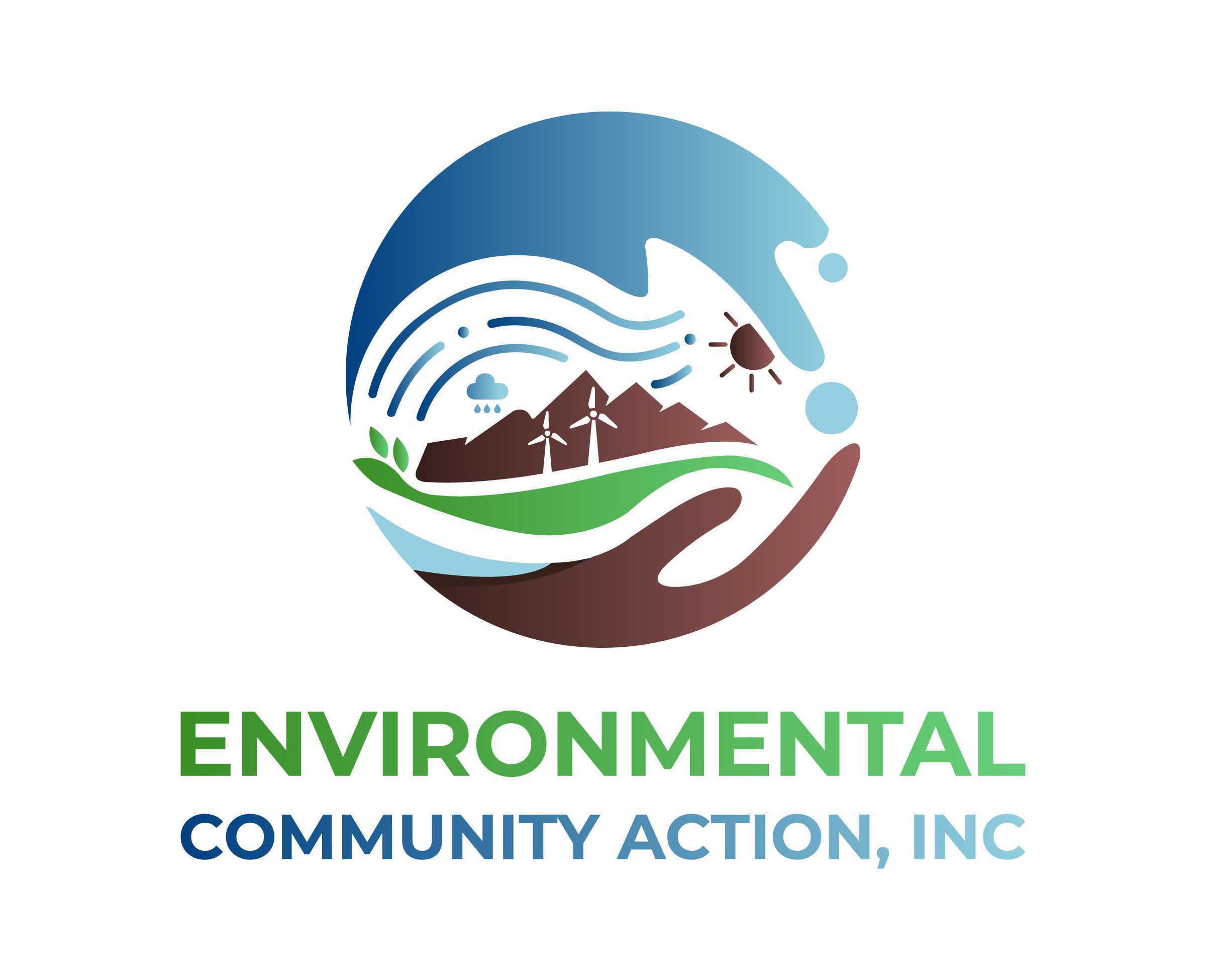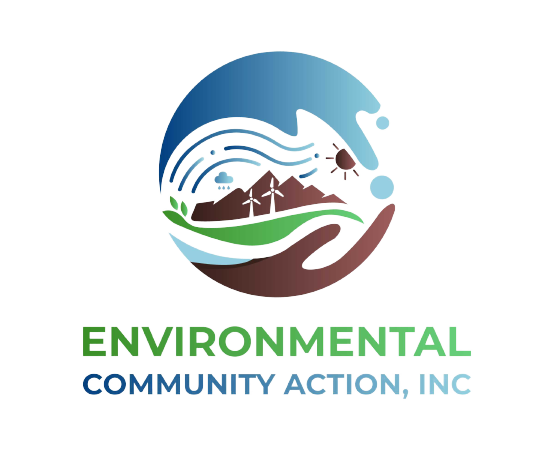
On Tuesday, October 19th, “Consumer Reports and The Guardian co-released Healthy Babies Bright Futures (HBBF) new study about lead in tap water. In partnership with Virginia Tech, HBBF tested tap water from 343 cities in 46 states and found that 79% of homes had detectable levels of lead in water. Moreover, 40% of homes had lead levels above American Academy of Pediatrics’ recommended limit for children (1 ppb).
Lead in water has been in the news for years, but Healthy Babies Bright Futures’ newest report is the first study to focus on the highest risk population – bottle-fed infants drinking formula made with tap water.
Baby formula made with tap water is far more likely than breastmilk to contain significant lead levels, and 16 percent of U.S. babies are exclusively formula-fed. Seventy-five percent of infants consume at least some formula.
This important new study reveals that there is far more lead in tap water than is safe for babies. In fact, no levels of lead are considered safe.
-79% of homes tested have detectable levels of lead in tap water.
-40% of homes have lead levels above American Academy of Pediatrics’ recommended limit for children (1 ppb).
-21% of homes have lead levels above level that causes up to 1% loss in lifetime economic productivity for an exposed infant/child, due to IQ loss.
-Bottle-fed infants drink up to 10 times more water than adults relative to their body weight and get 10 times the lead dose as a result.
-26% of black infants are exclusively formula fed, leaving black babies at higher risk.
– Water lead levels between 5 and 15 ppb cause IQ loss in the range of 1 to 2 points for a bottle-fed infant.
-One of every 8 homes we tested had water lead levels above 5 ppb.
Up to 10 million homes nationwide get water through lead pipes that can release harmful amounts of the toxic heavy metal. Lead-bearing solder and fixtures add additional traces. Formula-fed infants face the greatest risks, with higher exposures to lead in drinking water, pound for pound, than any other family member, at a time in life when the brain is most vulnerable to lead-induced harm such as lowered IQ or learning and behavioral problems.
Despite these obvious risks, the Environmental Protection Agency (EPA) is relaxing regulations by extending the prior 14-year timeline to a new 33-year grace period for utilities to replace lead pipes with safer materials. The rollback creates the prospect of yet another generation of children harmed by lead in water.

Baby formula made with tap water is far more likely than breastmilk to contain significant lead levels, and 16 percent of U.S. babies are exclusively formula-fed. Seventy-five percent of infants consume at least some formula.
This important new study reveals that there is far more lead in tap water than is safe for babies. In fact, no levels of lead are considered safe.
-79% of homes tested have detectable levels of lead in tap water.
-40% of homes have lead levels above American Academy of Pediatrics’ recommended limit for children (1 ppb).
-21% of homes have lead levels above level that causes up to 1% loss in lifetime economic productivity for an exposed infant/child, due to IQ loss.
-Bottle-fed infants drink up to 10 times more water than adults relative to their body weight and get 10 times the lead dose as a result.
-26% of black infants are exclusively formula fed, leaving black babies at higher risk.
– Water lead levels between 5 and 15 ppb cause IQ loss in the range of 1 to 2 points for a bottle-fed infant.
-One of every 8 homes we tested had water lead levels above 5 ppb.
Up to 10 million homes nationwide get water through lead pipes that can release harmful amounts of the toxic heavy metal. Lead-bearing solder and fixtures add additional traces. Formula-fed infants face the greatest risks, with higher exposures to lead in drinking water, pound for pound, than any other family member, at a time in life when the brain is most vulnerable to lead-induced harm such as lowered IQ or learning and behavioral problems.
Despite these obvious risks, the Environmental Protection Agency (EPA) is relaxing regulations by extending the prior 14-year timeline to a new 33-year grace period for utilities to replace lead pipes with safer materials. The rollback creates the prospect of yet another generation of children harmed by lead in water.


